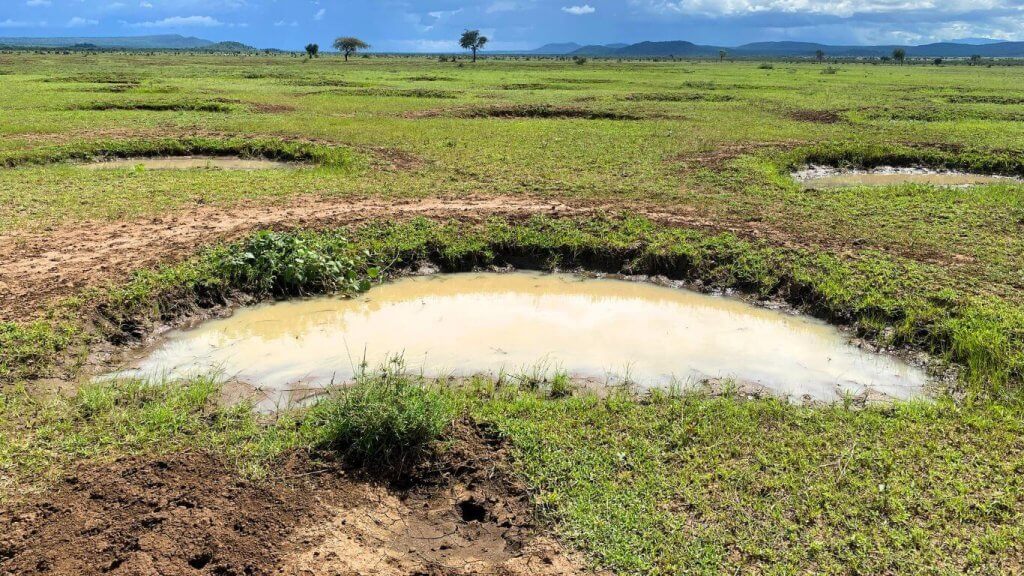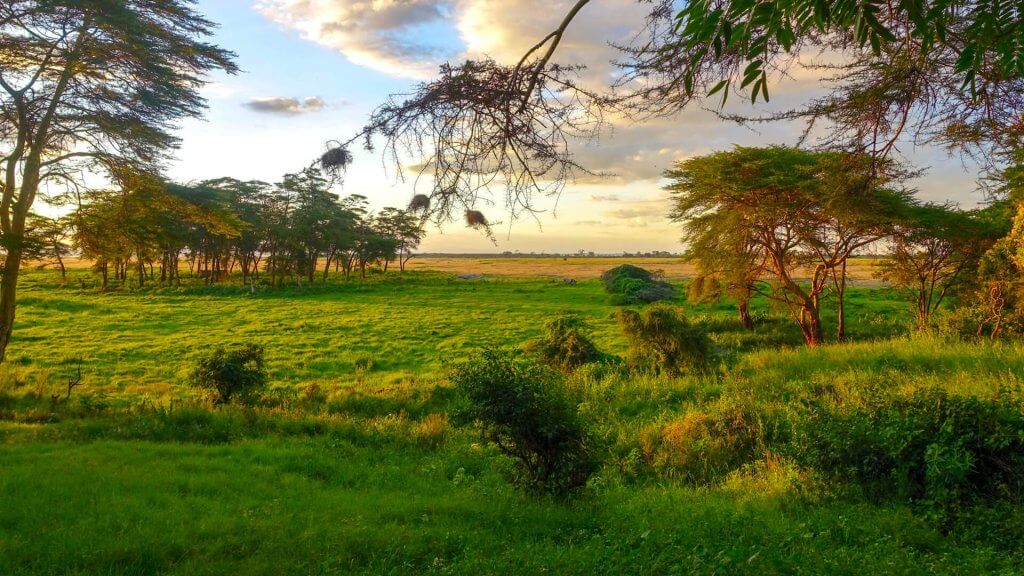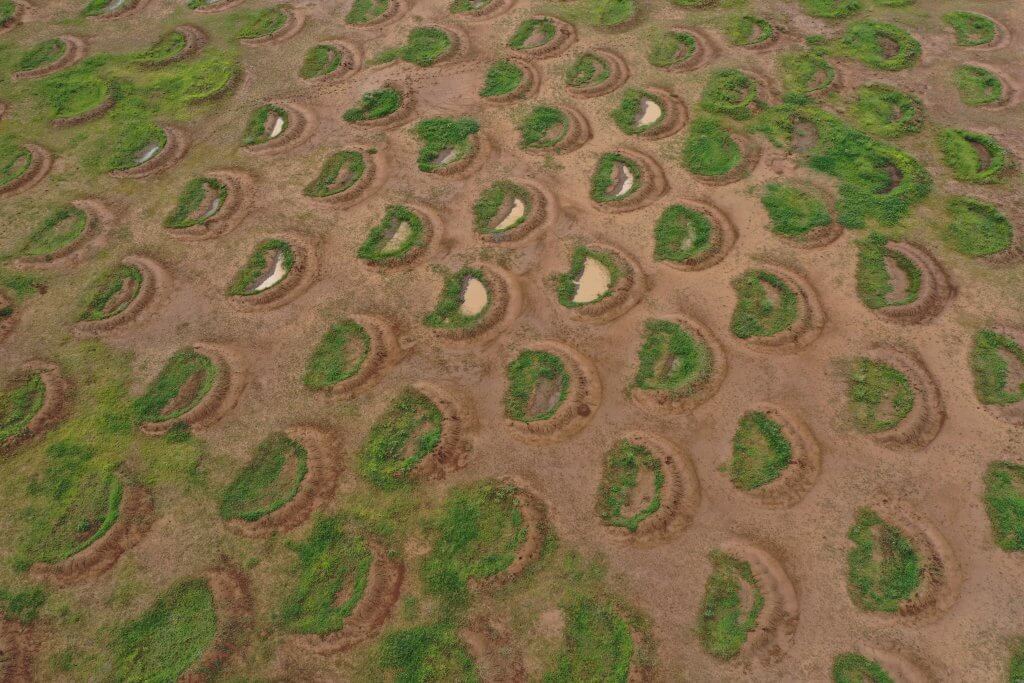
Climate change: what is it and how do we fight it?
Global Challenge
Rainwater harvesting is a technique which prevents rainwater to run off. But why is this necessary? And what are the results?
Rainwater harvesting is a technique which prevents rainwater to run off.
Instead, the water is collected and stored, so it can be used by vegetation, animals or people.
Rainwater harvesting is mostly performed in arid or semi-arid climates, since these areas have low water contents in the soil. This causes water shortage for humans, animals and plants. There are two different ways by which rainwater can be harvested. The first one is to apply soil management strategies which enable direct capture of the rainwater within the soil. This prevents the water from running off and enhances the infiltration into the soil. It is also possible to harvest the rain on one place and store it at another. For example, capturing the rainwater from a rooftop and store it within a cistern. This water is mostly used for watering crops or drinking.
Overexploitation, climate change and deforestation are causing an expansion of arid and semi-arid areas.
Especially vulnerable regions, like Sub-Saharan Africa, are suffering from the negative consequences of drought and desertification. This drought causes water shortage for humans, animals and plants. This effect is augmented by the fact that rainfall has become more intense. Because a lot of water is coming down at once, the water has no time to infiltrate into the soil, causing runoff of the water. Next to lower water availability within the soil, this causes erosion of the fertile top layer of the soil and downstream floodings. The lower water contents and decrease in fertile soil makes it hard to grow crops, causing a food shortage for the local communities. This can ultimately lead to famine. Because agriculture is often their biggest source of income, it can also lead to poverty.
By harvesting the rainwater, erosion and flooding can be prevented.
Additionally, the water shortage within the soil can be supplemented, decreasing the drought. Preventing the washing away of fertile soil and increasing the soil moisture content has several positive effects. Crops can be grown again, supplying food and money for the local communities. Other vegetation will also start to re-flourish, causing regreening of arid or semi-arid areas. This regreening promotes CO2 sequestration, cooling of the soil and stimulates the local water cycle, enhancing the water availability in the soil even more.
How does Justdiggit implement rainwater harvesting?
To capture rainwater in the project areas in Tanzania and Kenya, Justdiggit uses a soil management strategy by which semi-circular water bunds are dug. These bunds are able to capture rainwater, reducing the runoff of the water. This prevents the erosion of the fertile upper layer of the soil. Additionally, by capturing the rainwater, it has more time to infiltrate into the soil, increasing the water availability within the ground. This enables the seeds still present in the soil to grow, causing greening!
Justdiggit is a Dutch foundation with the goal to restore degraded ecosystems by developing, initiating and co-funding large-scale landscape restoration programs within Africa. Our regreening projects help to restore the water balance in the soil and bring back vegetation, which has a positive effect on the local and regional climate, increases water and food security and promotes biodiversity within the project areas. Within our projects we work together with local partners and communities. The communities involved directly benefit from our programs as we create a better living environment and increase economic development.Our unique approach is a media and communication-based strategy, involving all available communication and media on a local, regional, national and international level. With these sponsored media campaigns, we aim to amplify the effect of landscape restoration programs, thereby creating a landscape restoration movement, promoting regreening throughout Africa.
The story of Justdiggit
What is rainwater harvesting?
Rainwater harvesting is a technique which prevents rainwater to run off. This can be done by applying soil management strategies which enable direct capture of the rainwater within the soil. Another option it to harvest the rain on one place and store it at another.
How to collect rainwater?
To capture rainwater in the project areas in Tanzania and Kenya, Justdiggit uses a soil management strategy by which semi-circular water bunds are dug. These bunds are able to capture rainwater, reducing the runoff of the water.
What are the benefits of rainwater harvesting?
By harvesting the rainwater, erosion and flooding can be prevented. Crops can also be grown again, supplying food and money for the local communities. It causes regreening of arid or semi-arid areas. This promotes CO2 sequestration, cooling of the soil and stimulates the local water cycle, enhancing the water availability in the soil even more.



